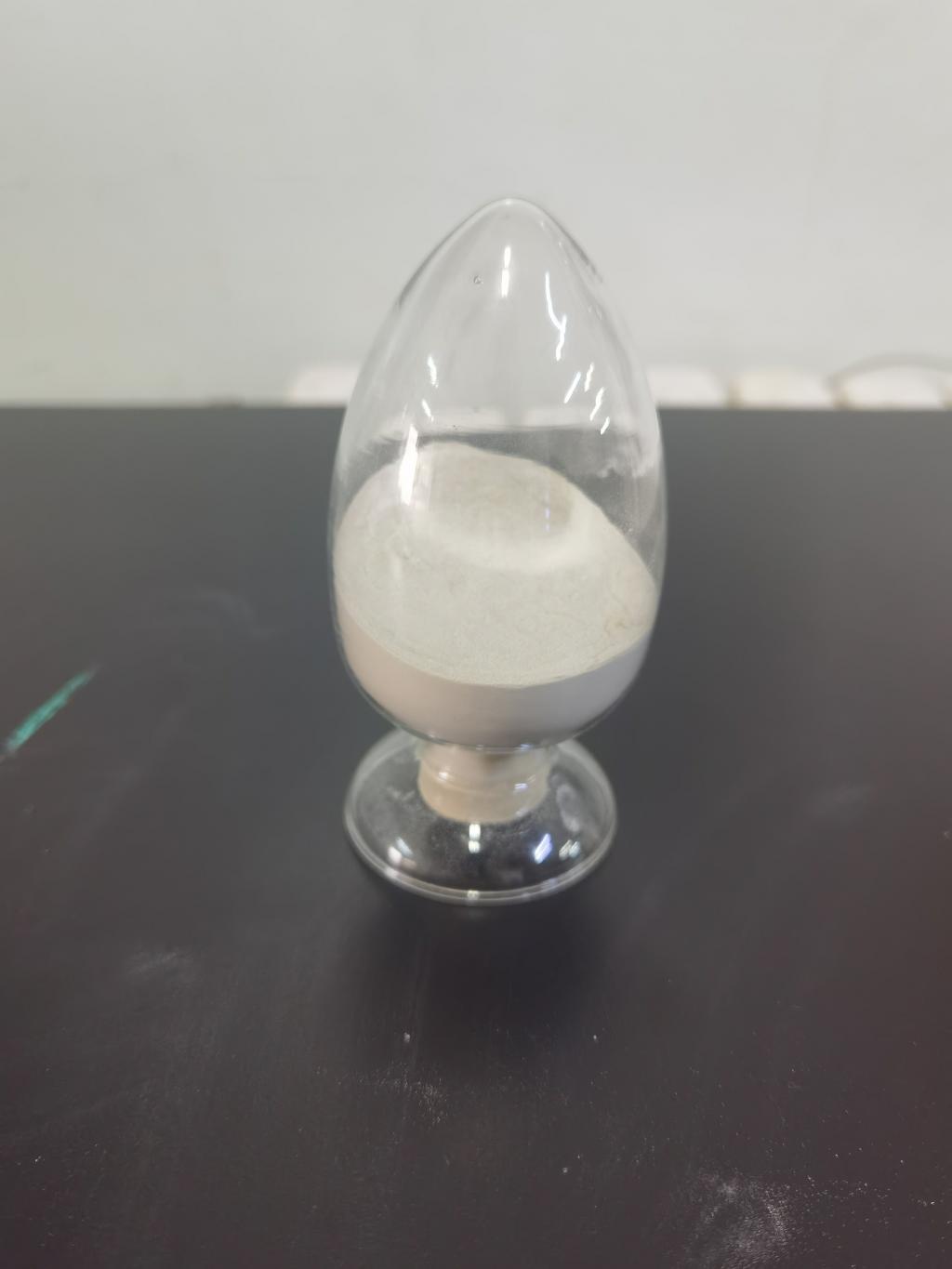Tel:+8618231198596

News
 CONTACT
CONTACT
 CONTACT
CONTACT
- Linkman:Linda Yao
- Tel: +8618231198596
- Email:linda.yao@dcpharma.cn
- Linkman:CHARLES.WANG
- Department:Overseas
- Tel: 0086 0311-85537378 0086 0311-85539701
News
Nisin-based antimicrobial coatings for food packaging.
TIME:2024-05-09
Nisin: Properties and Mechanisms of Action:
Nisin is a ribosomally synthesized antimicrobial peptide produced by certain strains of lactic acid bacteria, particularly Lactococcus lactis. It exhibits potent antimicrobial activity against a wide range of Gram-positive bacteria, including foodborne pathogens such as Listeria monocytogenes. The mechanisms of action of nisin involve disrupting bacterial cell membrane integrity, leading to cell lysis and death.
Development of Nisin-Based Antimicrobial Coatings:
The development of nisin-based antimicrobial coatings involves several key steps, including the selection of suitable packaging materials, incorporation of nisin into the coating matrix, optimization of coating application methods, and evaluation of coating efficacy and stability. Various techniques, such as solvent casting, extrusion coating, and electrospinning, have been employed to incorporate nisin into packaging coatings while maintaining its antimicrobial activity.
Mechanisms of Antimicrobial Action:
Nisin-based antimicrobial coatings exert their antimicrobial activity through multiple mechanisms, including membrane disruption, inhibition of cell wall synthesis, and interference with bacterial metabolism. The amphiphilic nature of nisin allows it to interact with bacterial cell membranes, leading to pore formation and leakage of cellular contents, ultimately resulting in bacterial cell death.
Applications of Nisin-Based Antimicrobial Coatings:
Nisin-based antimicrobial coatings have a wide range of applications in food packaging, including meat and poultry products, dairy products, ready-to-eat meals, and fresh produce. These coatings can be applied to various packaging materials, such as plastics, paperboard, and films, to provide antimicrobial protection against spoilage microorganisms and foodborne pathogens.
Advantages and Challenges:
Nisin-based antimicrobial coatings offer several advantages, including enhanced food safety, extended shelf life, and reduced dependence on chemical preservatives. However, challenges such as maintaining nisin stability and activity during processing and storage, optimizing coating formulation and application methods, and addressing regulatory considerations need to be overcome to realize their full potential in food packaging applications.
Future Directions and Prospects:
Future research in the field of nisin-based antimicrobial coatings for food packaging should focus on addressing the aforementioned challenges, exploring novel coating formulations and application technologies, conducting comprehensive safety evaluations, and scaling up production for commercialization. With continued innovation and collaboration between academia, industry, and regulatory agencies, nisin-based antimicrobial coatings have the potential to revolutionize food packaging and enhance food safety and quality.
Conclusion:
Nisin-based antimicrobial coatings represent a promising approach for enhancing food safety and extending the shelf life of perishable foods. By leveraging the antimicrobial properties of nisin, these coatings provide an effective means of controlling microbial contamination on food packaging surfaces, thereby reducing the risk of foodborne illnesses and food spoilage. Continued research and development efforts are essential to overcome existing challenges and realize the full potential of nisin-based antimicrobial coatings in the food packaging industry.
- Tel:+8618231198596
- Whatsapp:18231198596
- Chat With Skype







